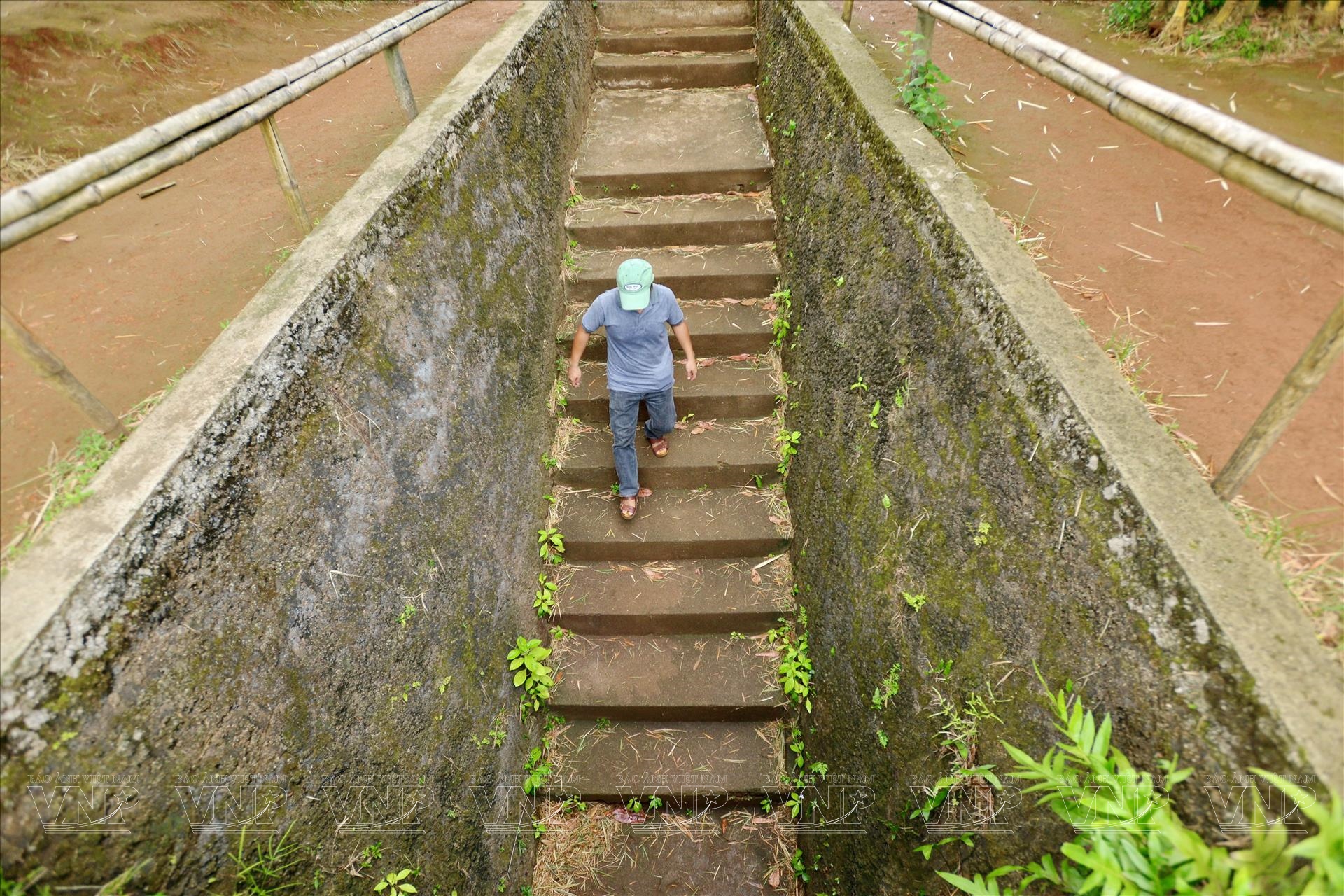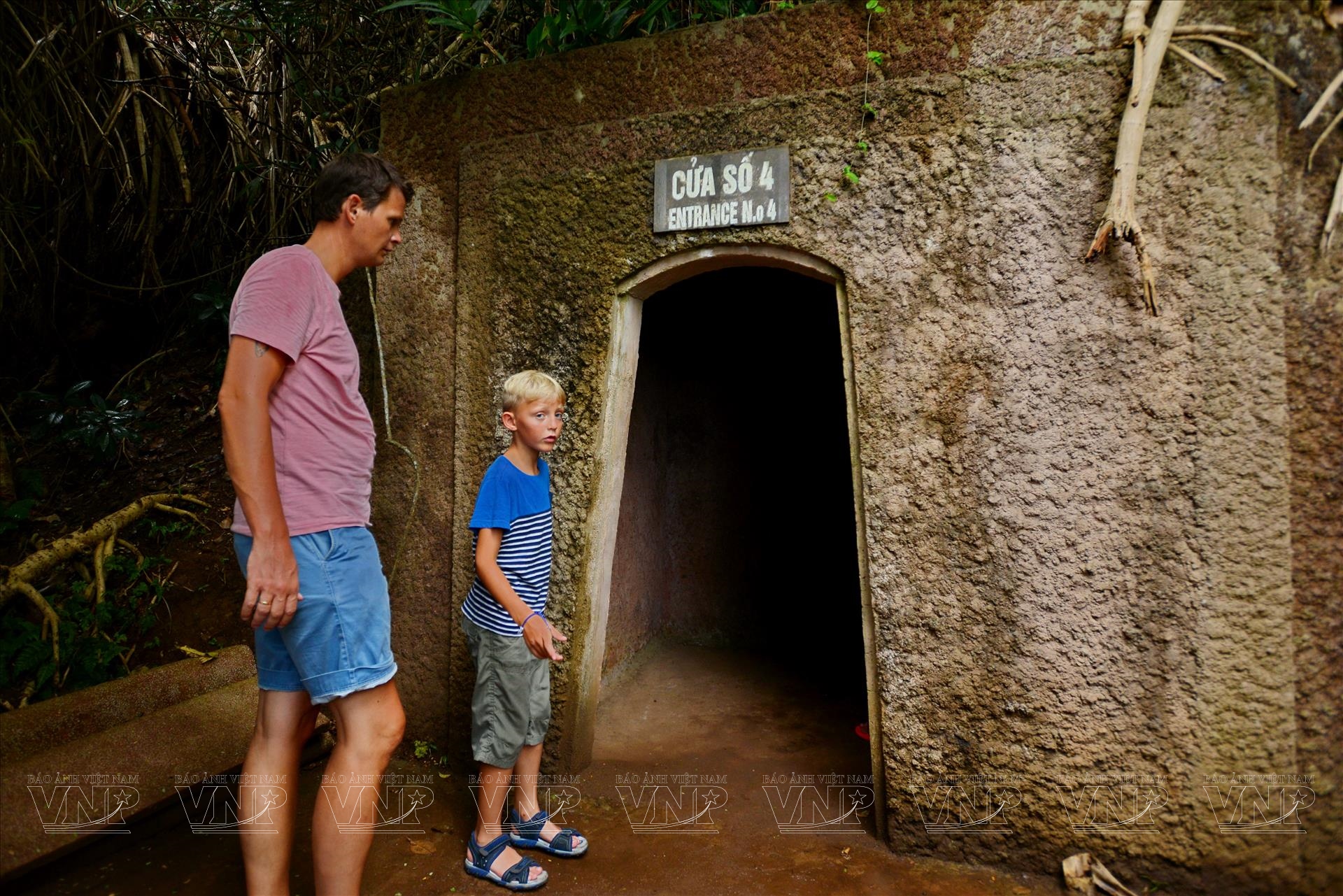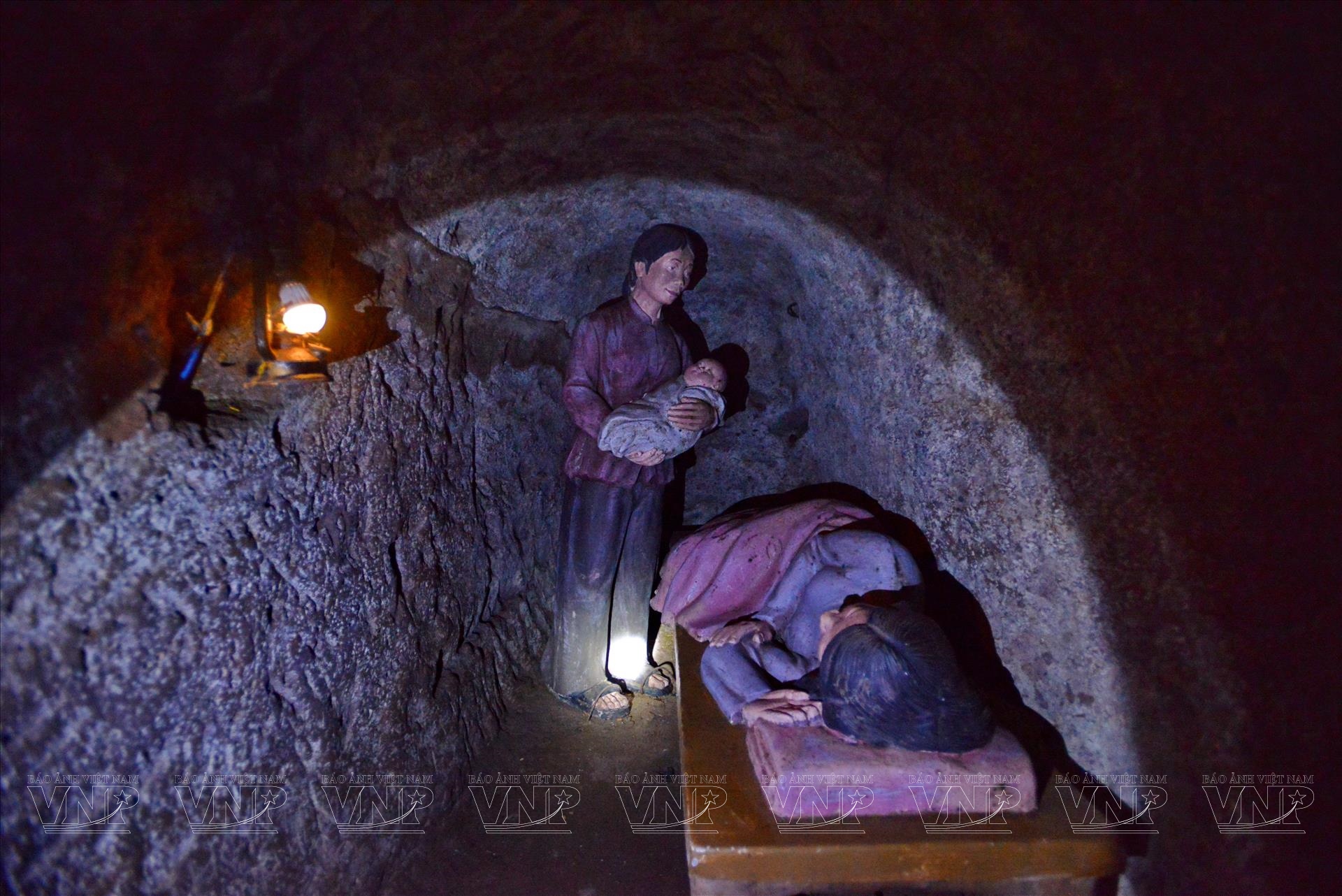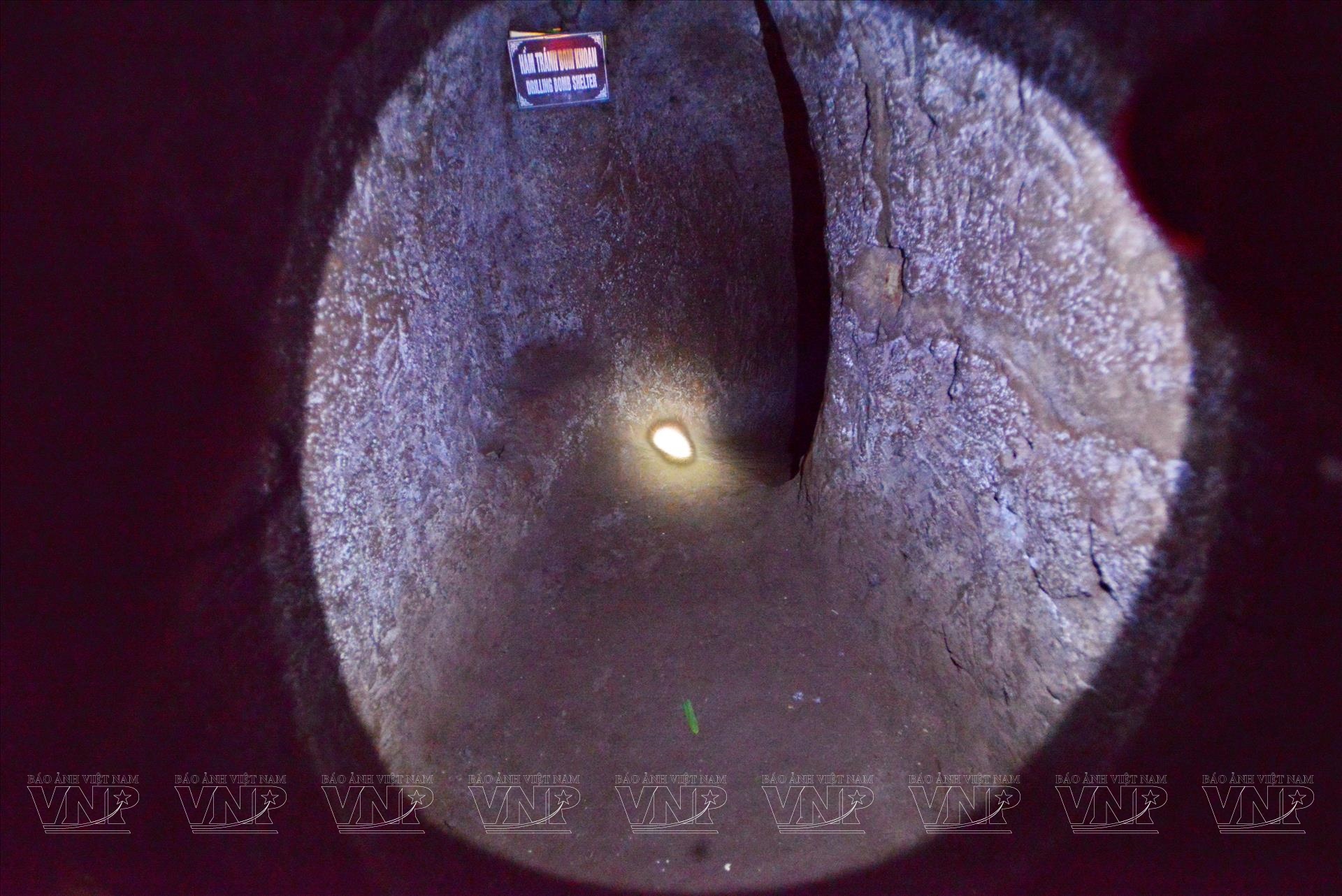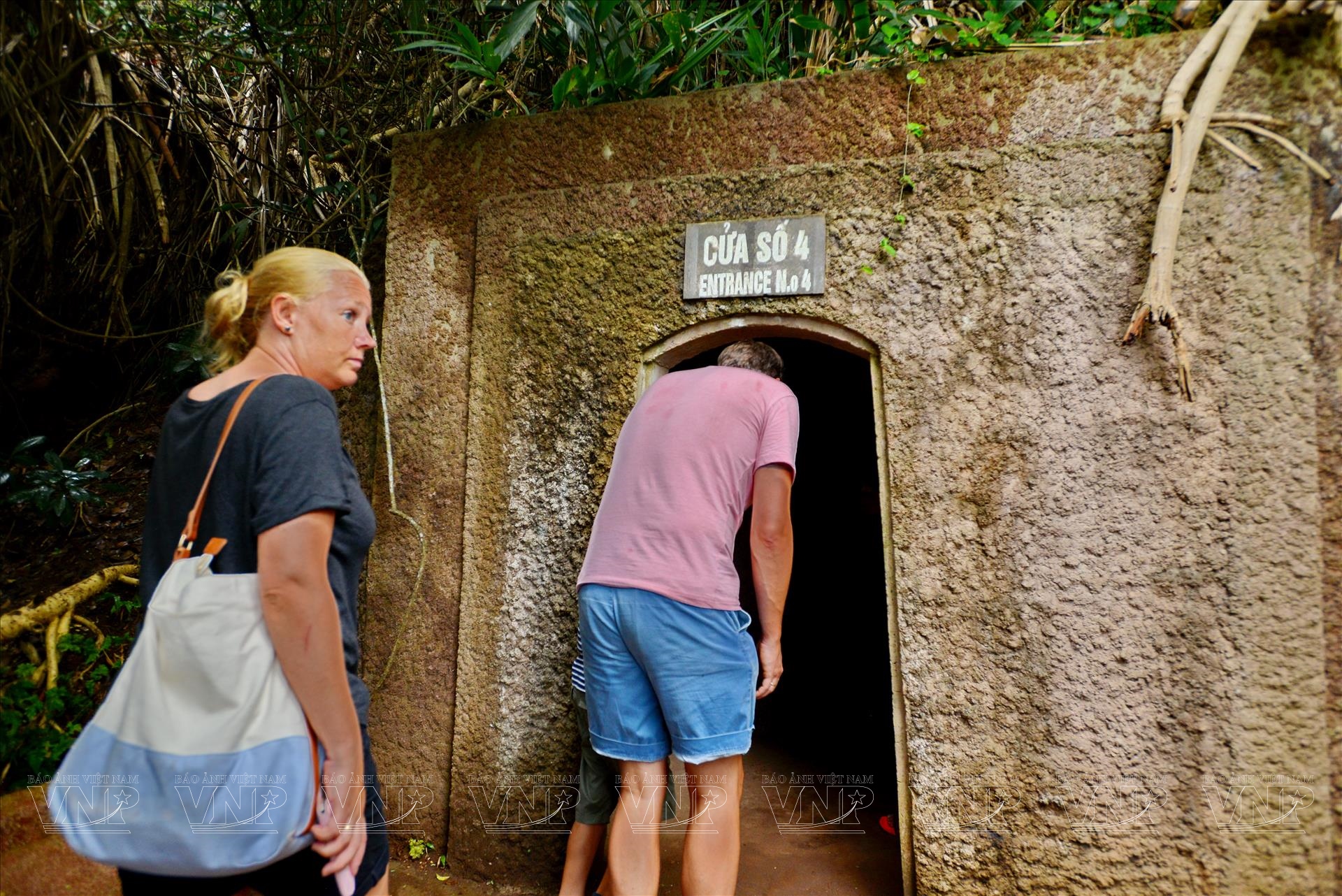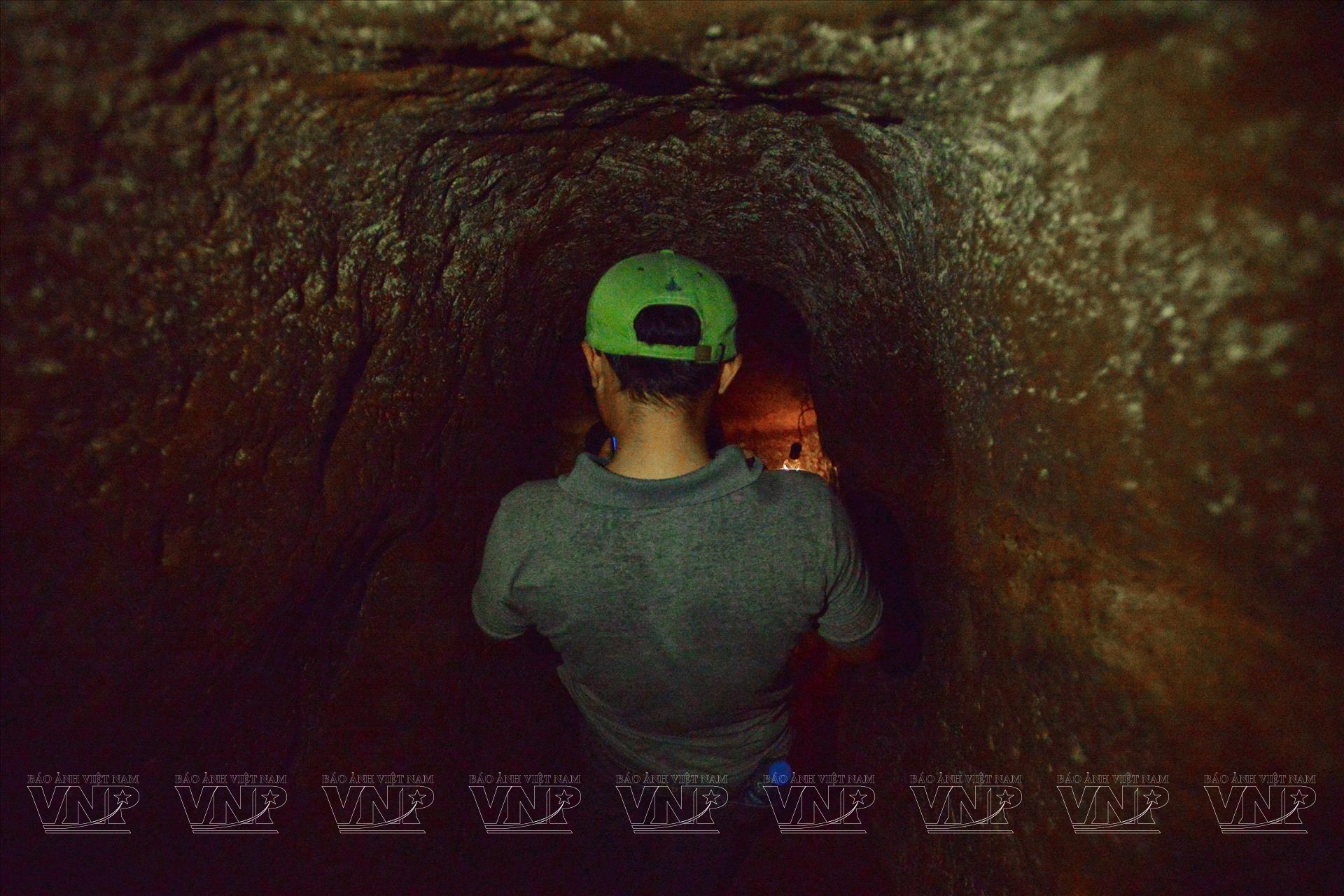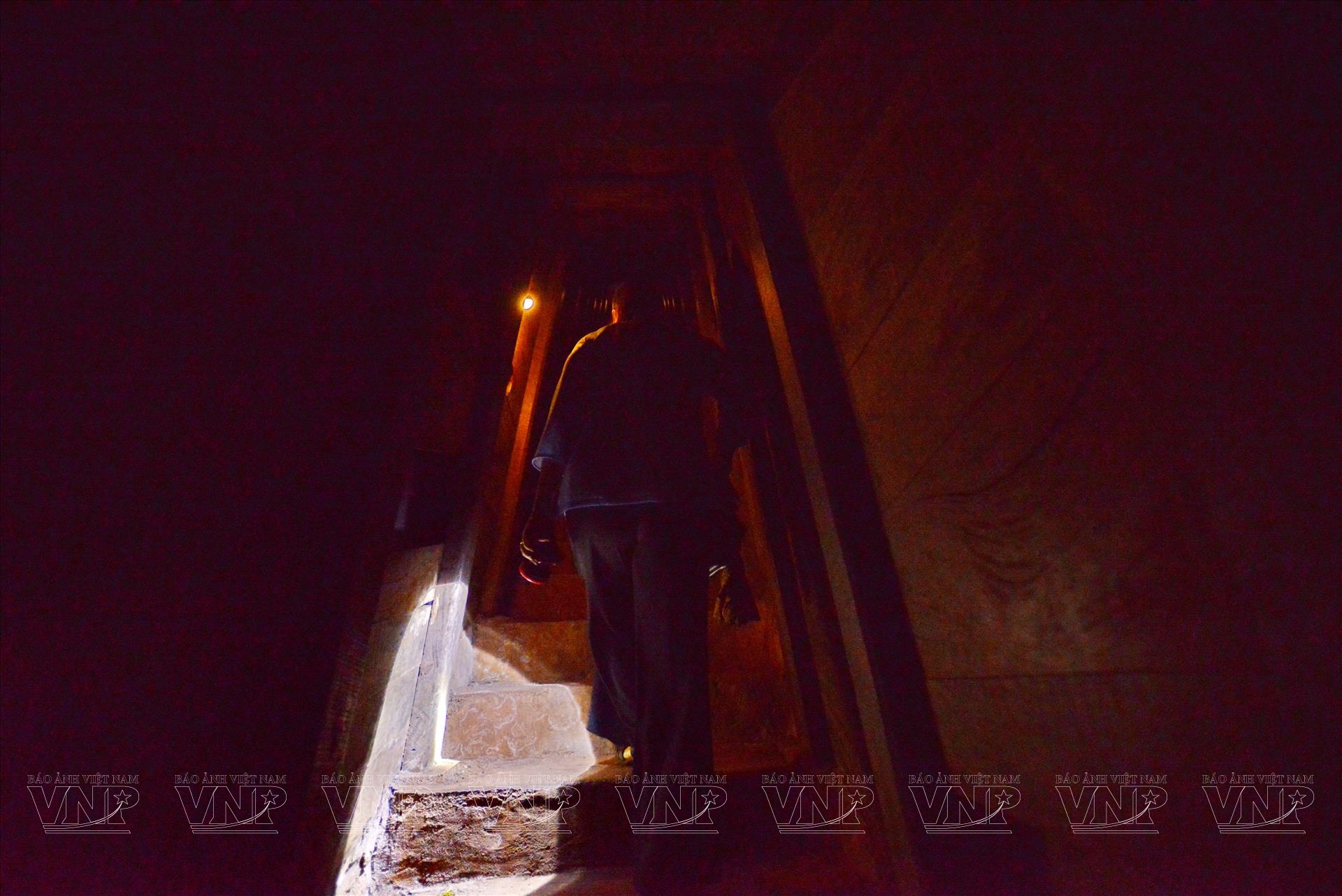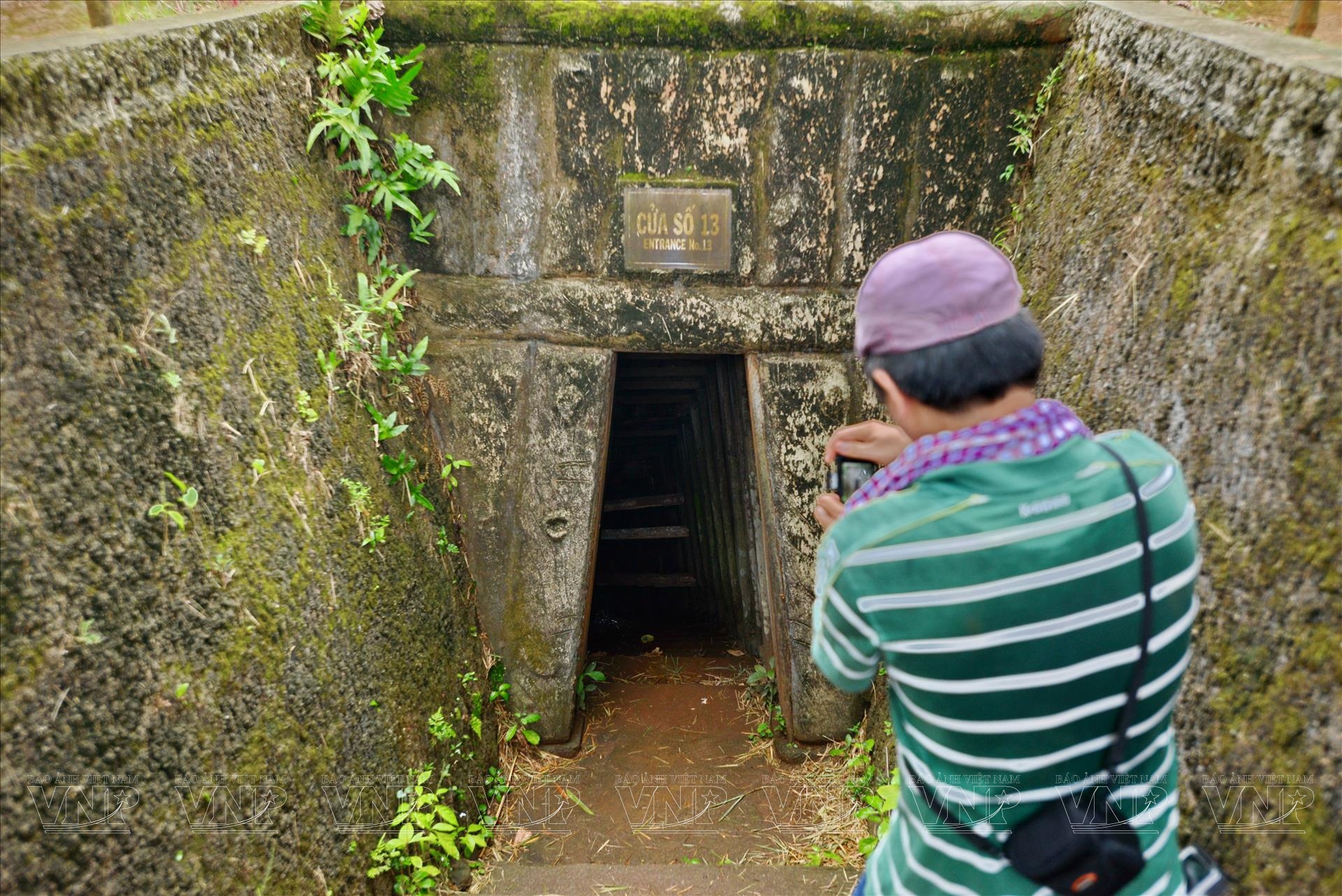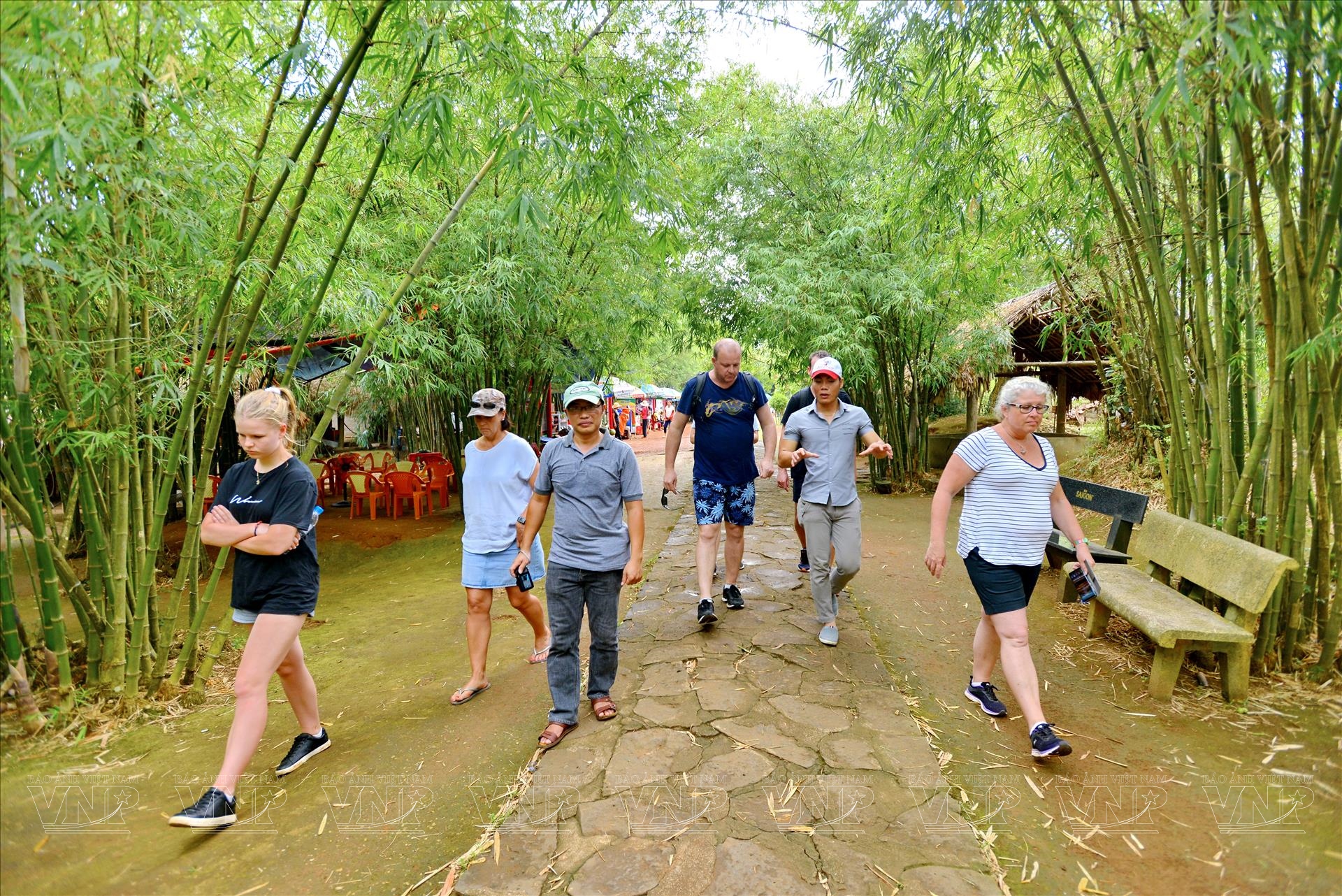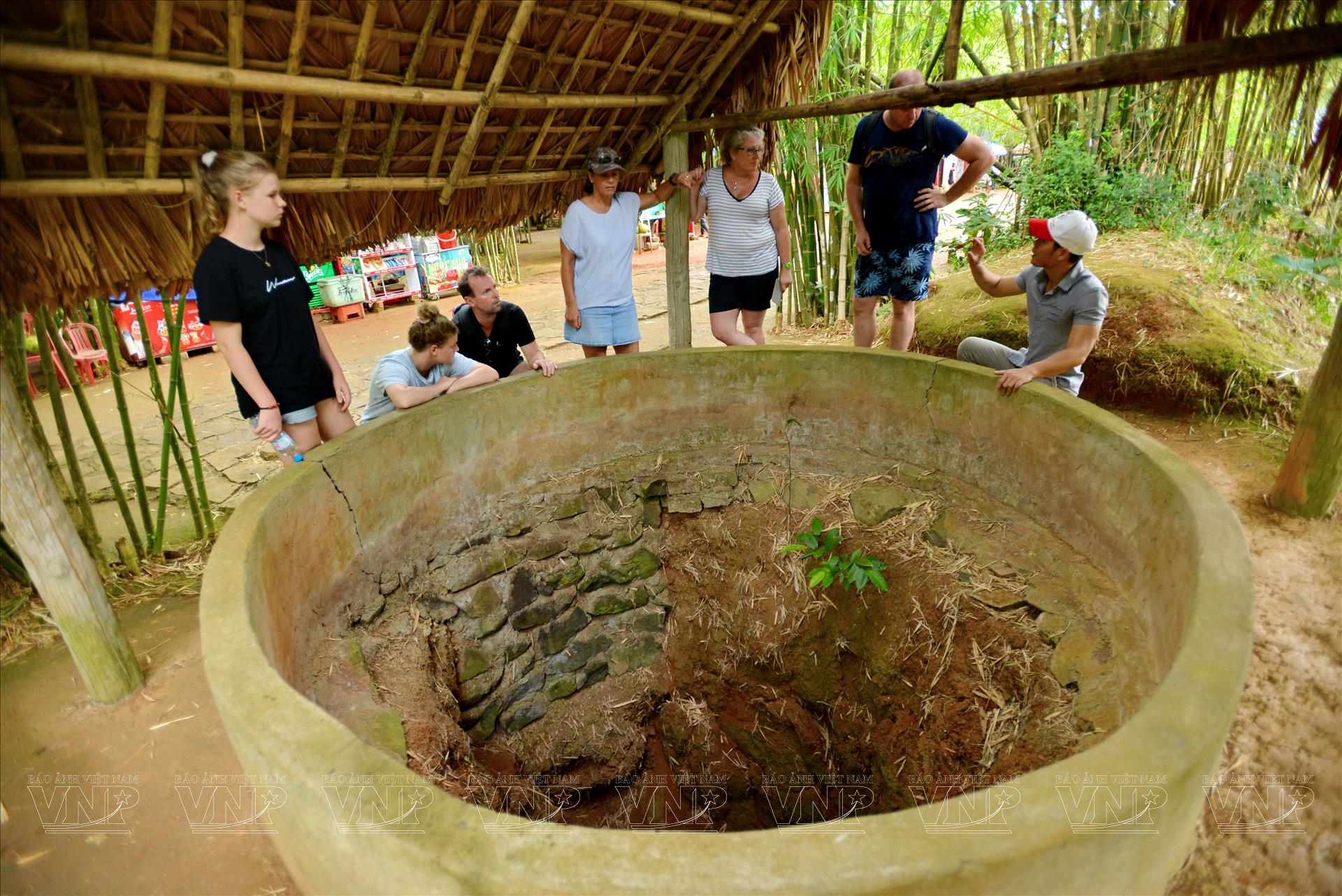Vinh Moc Tunnels - A Mysterious World underneath the War
The Vinh Moc Tunnels and the Vinh Linh “tunnel village” system are magnificent and unique military architectural structures stretching for dozens of kilometers underground. Built during the resistance war against the United States, they served as a steadfast stronghold where the resilient army and people of Vinh Linh, the “land of steel”, clung to their homeland, vowing, “Not an inch will be lost, not a step will be taken back”, to defend their country and maintain the vital transport routes to the frontlines.
During the resistance war against the United States (1954 - 1975), Vinh Linh held a critical military position as the gateway to the northern region, the direct rear base for the southern battlefield, and the entrance to the northern Quang Tri combat zone. The area housed strategic transportation routes supporting the southern battlefield. Consequently, between 1965 and 1972, Vinh Linh was relentlessly bombarded, enduring over half a million tonnes of explosives. On average, each resident suffered the burden of seven tonnes of American bombs.
To counter the US destructive war, under the slogan “Militarize the entire population, fortify the entire region”, the army and people of Vinh Linh constructed an extensive system of trenches and fortifications with various functions, including headquarters, warehouses, schools, hospitals, nurseries, maternity wards, and residential areas. These structures were strategically located throughout settlements, along roads, near rice fields, and by the coast, interconnected by a dense network of tunnels and trenches that replaced surface roads. According to official records, amidst the relentless bombings, the of Vinh Linh invested approximately 18,000 workdays and excavated over 6,000m3 of soil and rock to complete this extraordinary and unparalleled construction.
From late 1965 to 1968, Vinh Linh District established 114 tunnels with a total length of over 40km, more than 2,000km of trenches, and hundreds of smaller tunnels, forming the firstever “tunnel villages” in the history of Vietnamese warfare. These tunnels epitomized the unwavering spirit of the Vinh Linh people, who resolutely defended their homeland and ensured the uninterrupted transport of supplies to the frontlines.
Among them, the Vinh Moc tunnel and trench system, excavated in Vinh Moc and Son Ha villages, Vinh Thach Commune, spans over 1,060m (excluding branch tunnels and living quarters), with tunnel heights ranging from 1.7 to 1.8m. There are 13 entrances (six leading to hills and seven opening to the sea). Small recesses carved into both sides of the tunnels provided living spaces enough for two to four people. Inside the tunnels, there was also a meeting hall (with a capacity of 50-60 people) for gatherings, film screenings, and cultural performances, as well as other facilities such as bulletin boards, maternity rooms, three wells, latrines, a surgical station, an infirmary, and a communal kitchen.
The Vinh Moc tunnel system consists of three levels. The first level, located 8-11m underground, is 421.82m long, 0.9-1.1m wide, and 1.6-1.75m high. The second level, located 11-15m underground, measures 508.08m in length, 0.8-1.1m in width, and 1.6-1.94m in height. The third level, the deepest at 21-22.5m underground, extends 130.35m, with a width of 0.8-1.1m and a height of 1.6-1.74m.
The tunnels served as a shelter for the people and military forces of Vinh Linh during the intense years of war, with a peak population of approximately 1,200 people. Life underground was marked by a severe lack of light, and materials for illumination, such as oil and grease, were strictly rationed for emergencies like meetings, medical procedures, and infant care. The tunnels were perpetually damp during the rainy season and unbearably hot in the summer, with inadequate sanitation leading to widespread skin, bone, and eye diseases. Over nearly 2,000 days and nights underground, to ensure survival and the continuation of their lineage, families and clans in Vinh Moc divided themselves among various tunnels. Despite these extreme conditions, the Vinh Linh tunnel system bore witness to the miraculous births of 60 children, including 17 in the Vinh Moc Tunnels alone.
Amidst the devastation of war, many tunnels in the Vinh Linh “tunnel village” system suffered significant losses. However, due to its strategic design and solid construction, the Vinh Moc Tunnels remained intact, with no casualties recorded.
Regarding the Vinh Moc Tunnels, Dutch filmmaker Janet Gardner noted in her documentary “A World Beneath the War: The Secret Tunnels of Vietnam” that “In 1965, the people of a central Vietnamese province (Quang Tri Province) stood at the frontline of an increasingly brutal war. For them, survival became the ultimate battle. But rather than fleeing their ancestral homeland, they built a network of tunnels, creating a world beneath the war”.
Due to its exceptional historical significance, in 2014, the Vinh Moc Tunnels and the Vinh Linh “tunnel village” system was designated as special national relics. Today, the Vinh Moc Tunnels and the Vinh Linh “tunnel village” system stand as unique historical and cultural landmarks, carrying immense value in educating future generations about revolutionary traditions, patriotism, and creative resilience. They have also become an integral part of the Quang Tri DMZ (Demilitarized Zone) tourism route, attracting visitors and contributing to local economic development./.
- By Thanh Hoa/VNP Translated by Hong Hanh
